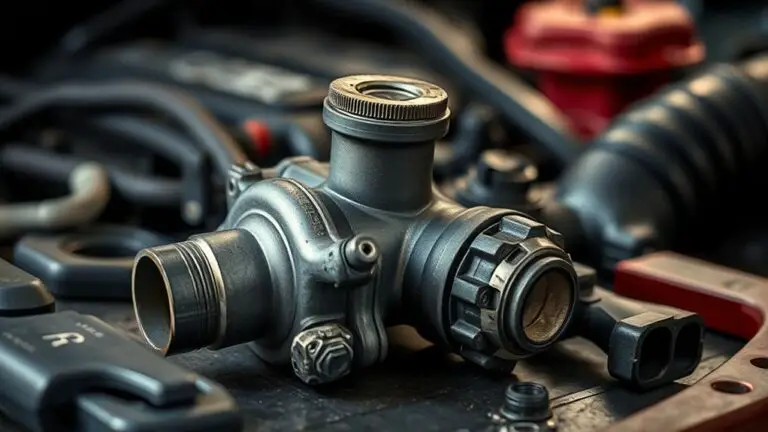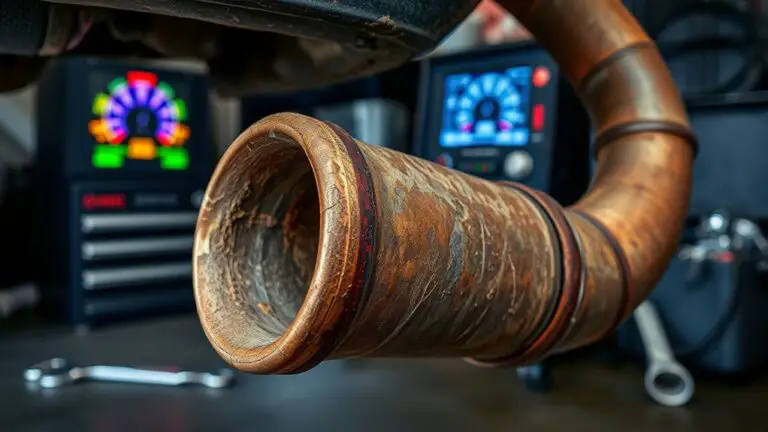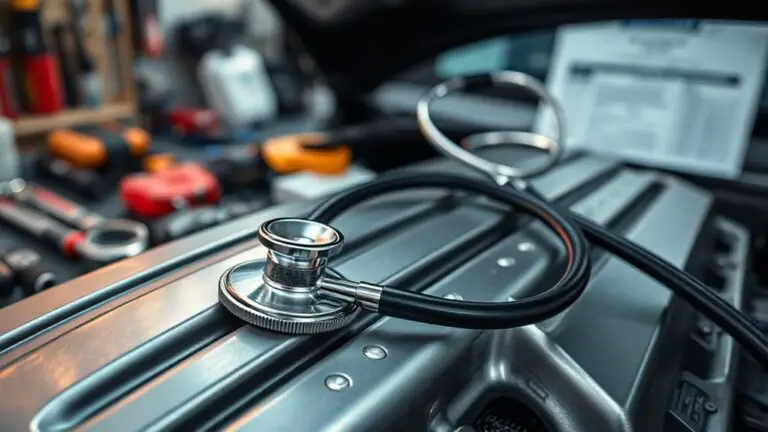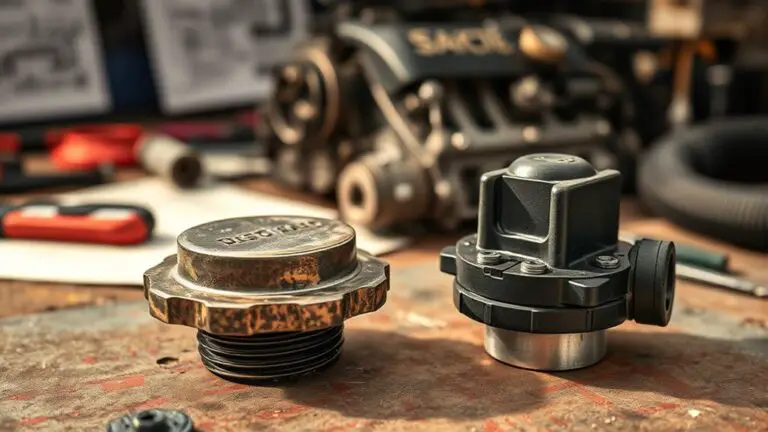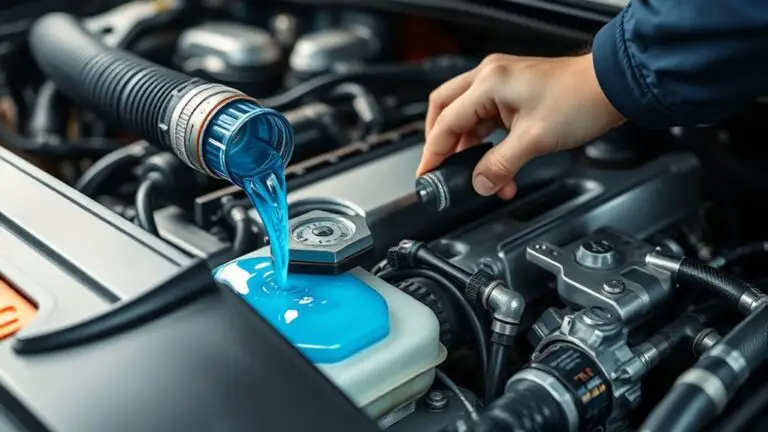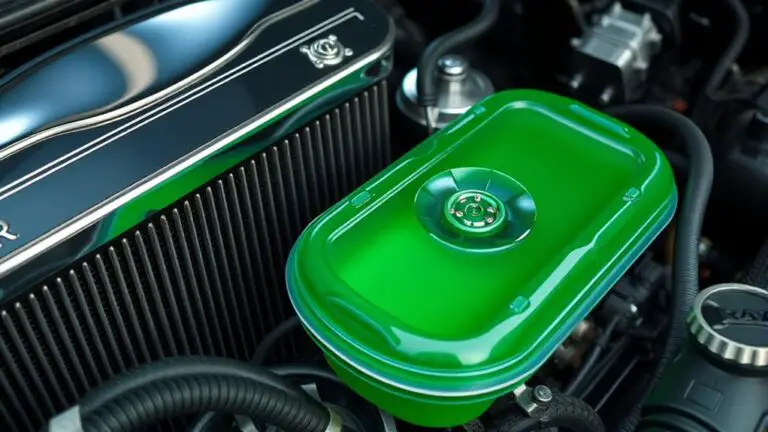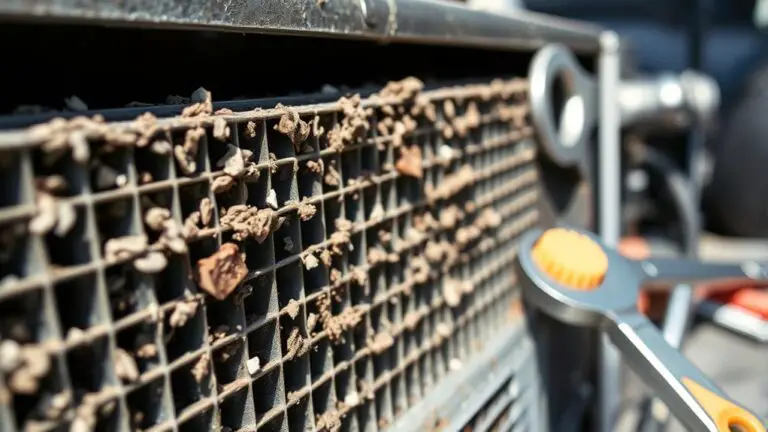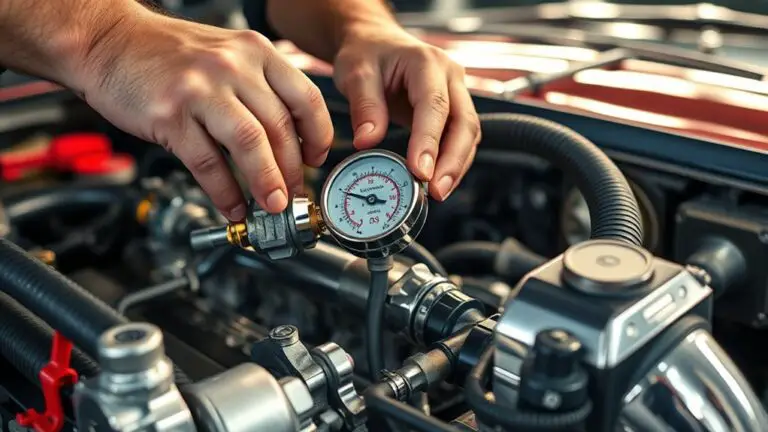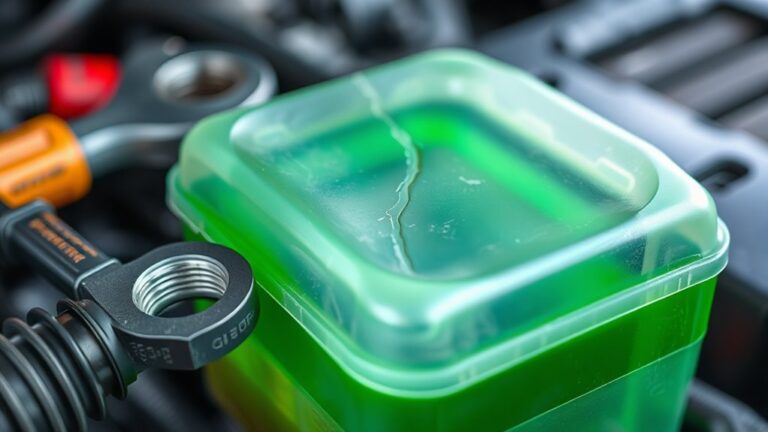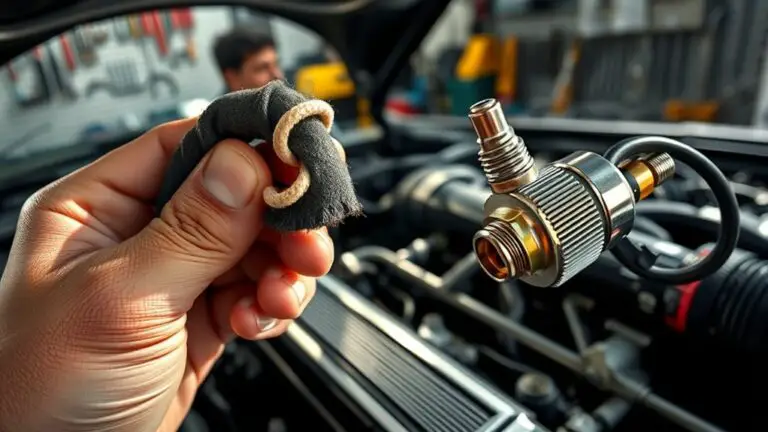When to Repair Vs Replace a EGR Valve That Affects Emissions
If your EGR valve affects emissions, you should repair it when tests show intermittent function and emissions remain within limits, and cleaning clears carbon buildup enough to restore proper flow. Replace it when faults persist after cleaning and diagnostics show unreliable actuation or failed flow, risking emissions compliance. Weigh repair cost, downtime, and warranty against…

